Humber Polytechnic - Where Immersive Audio Becomes Music

By Dr. Moritz Hillmayer
At Humber Polytechnic, musicians receive and outstanding education – including working in a state-of-the-art studio and exceptional immersive audio facilities. Producer, engineer, composer and educator Justin Gray explains the meaning of immersive audio for music and the Humber approach to teaching music and audio.
Since the opening of the new building at Humber Polytechnic, immersive audio has become a big part of the Bachelor of Music program, as taught by Justin Gray. The bassist, composer, engineer, and producer was one of the early engineers to work in Dolby Atmos specifically for music, having mixed thousands of songs in Dolby Atmos. His extensive experience and philosophies now inform the curriculum for the music production side of the bachelor's program at Humber.
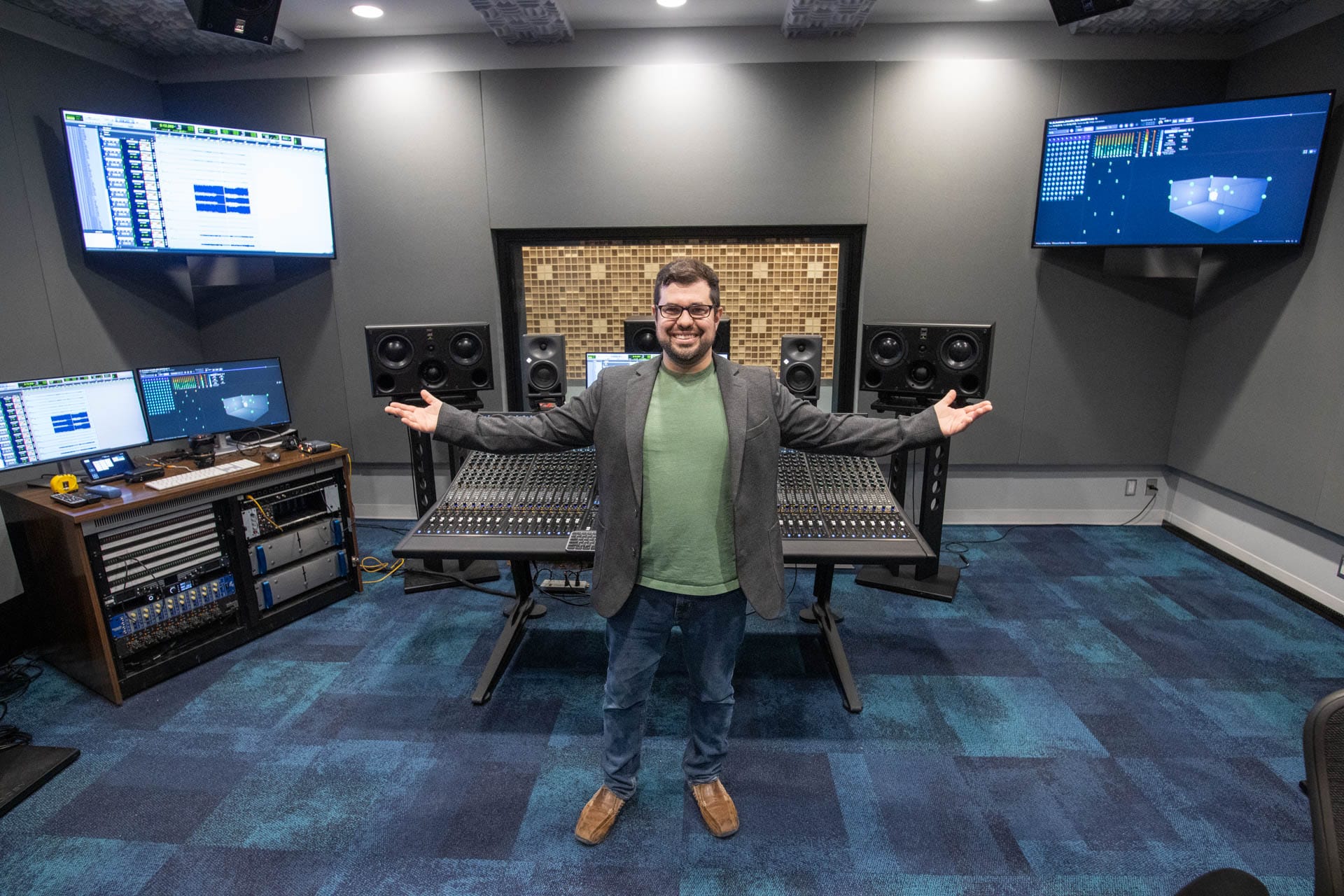
Two studios, one immersive
While Humber Polytechnic provides several audio production rooms for the students, two studios stand out: the Gordon Wragg Recording Studio and the new immersive recording studio. “Our main studio is a gorgeous space, acoustically,” Gray describes the Gordon Wragg Recording Studio. “It’s well-equipped in terms of access to equipment. Everything is world-class, from the microphones to the SSL Duality SE to the ATC speakers.” The studio is so well-liked that the old structure could not be touched when the new building was planned. “They built the entire thing around the old studio,” says Gray. “We wouldn’t let them tear it down.”
The new building now enhances the recording capabilities. “The new building features a fantastic performance hall and new student facilities, including performance labs and classrooms. Attached to the performance hall is a new immersive audio control room, a fully decked-out 7.1.4 Dolby Atmos suite.” Like the old studio, the immersive suite is equipped with top-quality gear. “It’s a full ATC room with IsoAcoustics for all the speakers, an Avid MTRX II, Millennia and DAD mic pres and microphones from DPA, Neumann and Schoeps.” Via Dante, the immersive suite can connect to the entire facility.
“Many students don’t fully comprehend how spoiled we are,” says Gray. “We are working in a world-class hall, recording ensembles with multiple immersive microphone arrays, using the best converters in the world, and monitoring on an ATC Dolby Atmos speaker array in real time. The students get to learn and experiment with all of this.” Many engineers would be excited for such an opportunity. “I’m reminding them how rare this is, even for working professionals, to have the ability to record natively in immersive audio, while monitoring on a fully calibrated Dolby Atmos speaker system.”
Ear candy for serious music production
A studio of this calibre can also be expected to provide a high-end listening environment. Excellent room acoustics and state-of-the-art ATC speakers are only the beginning, as Gray states. “It is a truly world-class facility, and the ability to have an immersive audio room of that size with that quality of equipment connected to one of Toronto’s finest recording halls is amazing. We have Argosy stands with IsoAcoustics decoupling solutions integrated to ensure we can make the most of recording in the performance hall, which is built like a studio. The acoustics, low noise floor and connectivity make it equivalent to a sound stage.”
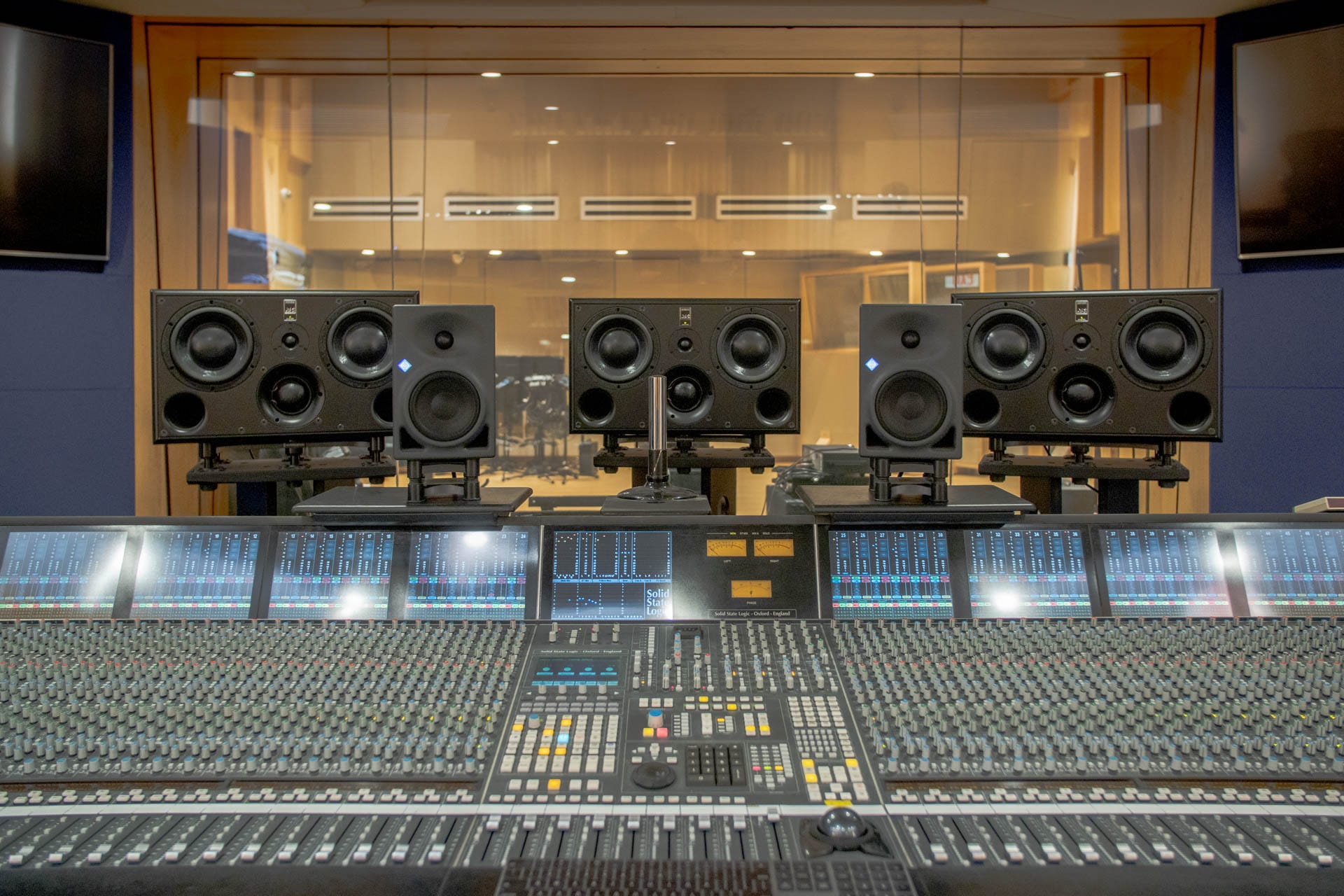
The central aspect of any professional listening environment is translation: how well does audio created in this environment translate to other listening systems outside the studio? At Humber, the sheer amount of music the students professionally release inspires confidence in the quality of the monitoring system. “In terms of testing translation, when you have a studio putting out thousands of student projects over the past 20 years, you know how well it works,” Gray says. “There is no better way to test translation than to see the results successfully released into the world over a long period.”
Justin Gray is thrilled with the combination of ATC speakers, room acoustics, and IsoAcoustics speaker isolation. “At the end of the day, isolation is about accuracy, and accuracy is about translation,” he explains. “So really, it’s proving its worth daily.” Gray points out that the effectiveness of speaker isolation is evident. “That imaging stability is probably the biggest benefit, especially with 12 speakers. Even if you have just two, reducing additional vibration and resonance in a room is never bad. But when you take it into a 12-channel room, you can magnify the effect significantly. With the proper isolation, we get better bass localization and a more accurate frequency response from each speaker. And when we are talking about the level of quality we have here in the studio, you can notice every single component of the system.”
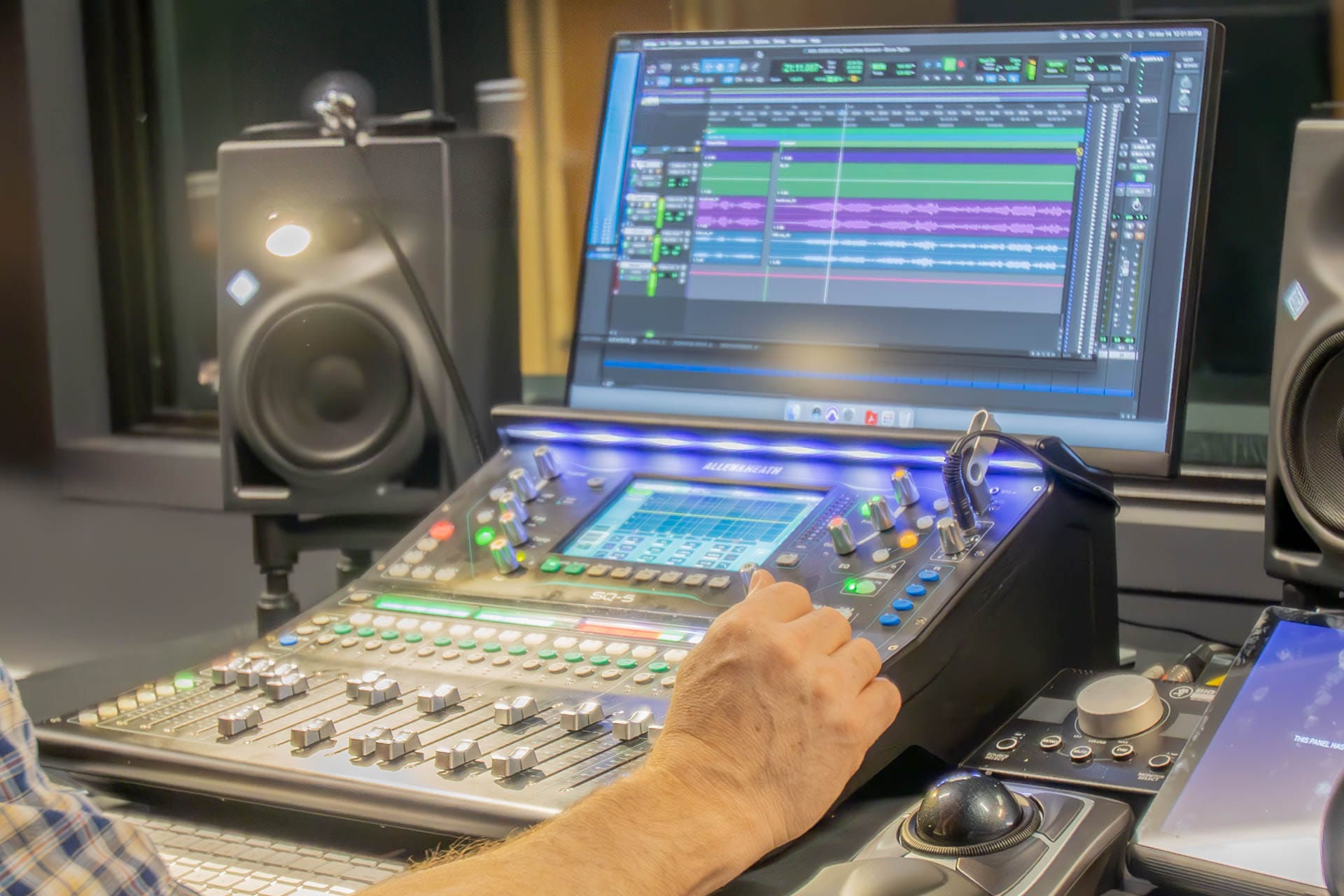
Outstanding musicianship and technical prowess
World-class studios like the Gordon Wragg Recording Studio and the new immersive studio for educational purposes warrant a closer look at the program behind it all. “It’s Canada’s premier undergraduate music degree,” Gray explains about the bachelor's program. “It is performance-based, by which I mean the students come into the program as performers. They focus on their craft as artists for the first few years of the degree.” The studios come in at a later stage of the education. “The students come in for performance and contemporary music studies, but in their second year, they take mandatory courses in music production. In their third year, they take a robust masterclass where they are all in the studio, get comfortable with the technology, and become studio musicians. In their fourth year, every student produces an EP of their music, which involves recording, mixing and mastering sessions with professional engineers. The students act as producers and artists for each other’s projects.”
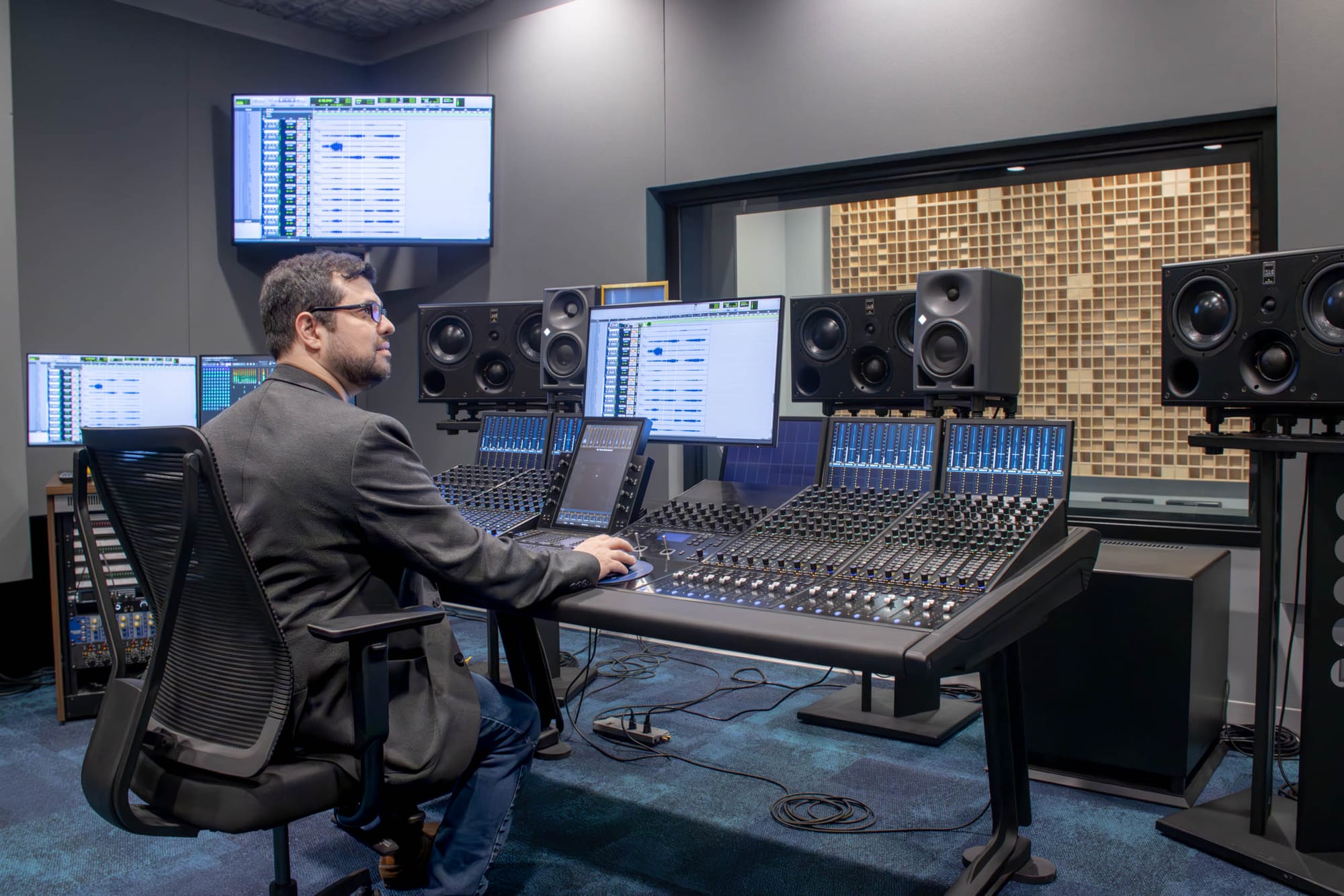
The program's main aim is to prepare the students for the reality of the music industry, as Gray elaborates. “We send the students out into the world not only as high-level professional performers, but also with a lot of confidence in the studio environment.” So robust is the program that some students shift their career path towards producing and engineering. “We do not expect our students to become engineers. Some students take the opportunity and just become more comfortable session players. Others want to become producers, engineers or studio owners. The reality in our modern world is that every musician, in some capacity, uses recording technology. Humber Polytechnic realized this two decades ago, when the production program was initiated – that is quite forward-thinking.”
The entire approach hinges on the question of what the actual aim of an education in the field is supposed to be. “Are we responsible for creating professionals? Or are we responsible for facilitating learning opportunities? I believe it is both,” Gray describes the philosophy behind the program. “We, or at least I, don’t approach the degree only to make the students fit for the job market, as that is not the only metric for success in education. Higher learning is also an introspective process, the success of which cannot be measured simply by who got a job and who did not. It is just more complex than that. Yet, we also want our students to have sustainable careers and to be able to go through the doors that open to them. We can never know exactly what those doors will be, but we want them to feel confident and prepared in all scenarios.”
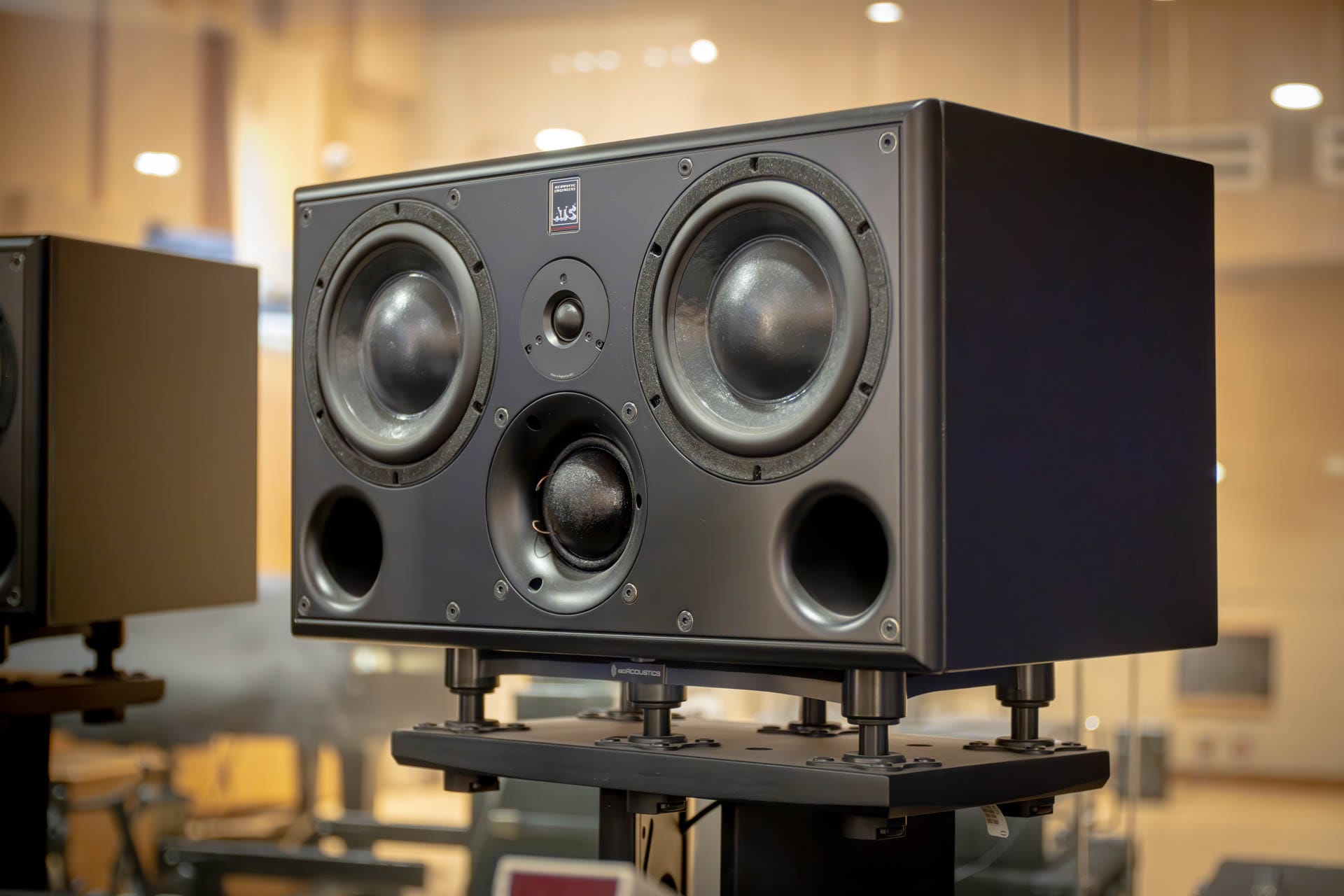
Immersion begins with the music.
As mentioned in the introduction, Justin Gray was one of the first people to work with Dolby Atmos specifically for music. His studio was one of the first Dolby Atmos studios for music in Canada. His passion for three-dimensional audio expands to his teaching, introducing the format to the students, emphasizing the implementation of immersive thinking early in the production process. “I have musicians in my classes who are great composers, songwriters and producers who are ready to have their creative palettes expanded. I want them to understand that the canvas can be three-dimensional. That’s what the immersive course is focused on right now.” Gray advocates creating music in immersive audio well before the Dolby Atmos mixing stage. “I think there is currently a gap, which is the music. We need to foster the entire ecosystem of immersive production. Currently, a large part of the work in that area is spatially remixing other music. I do that daily, and I love what I do, but it is only one branch on a much larger tree.”
For Gray, the most crucial part of his job is creating learning opportunities where the students can expand their thinking beyond 2-channel (stereo) music creation. “Of course, we already have access to great immersive recordings! I think of Morten Lindberg, Leslie Ann Jones, Richard King, Hyunkook Lee, Stefan Bock, Real World, and Hans-Martin Buff. I spend time playing with my students to inspire their imagination. The potential, the feeling, the emotionality of it – it all comes down to a musical level. So I ask my students: What would happen if you knew you were composing in stereo? You were not aware of it, but your entire psyche and aesthetic preference are likely based on the idea of sound coming from in front of you.” Gray does not necessarily advocate for a big revolution, but a progressive evolution integrating immersive experiences into music creation. “You could spend the rest of your life doing stereo and be completely fulfilled. If I can plant that seed in those talented students I have the pleasure of working with, who knows what we will see and hear in a few years?”
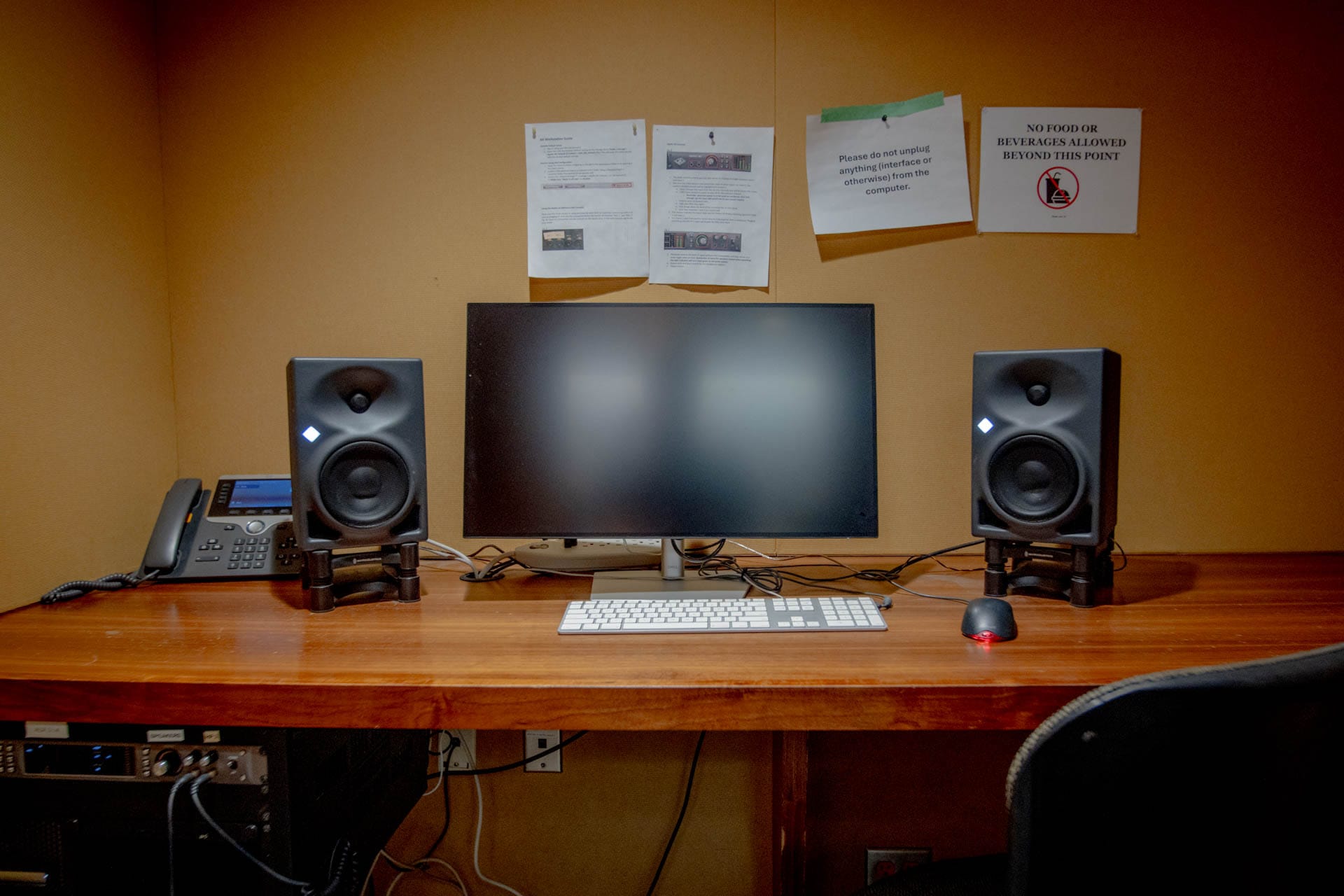
Gray’s approach is refreshing in a climate where, too often, the capabilities of immersive audio are limited. Gray sees it all as “part of the journey,” and insists that immersive is not as unprecedented as some think. “5.1 and surround recording has been around for a long time, so there is a huge runway, aesthetically speaking, of what it means to produce music for immersive, not even mentioning video games, film and acousmatic music. There are already decades of recordings and productions in various immersive formats that laid the groundwork for what works and what does not.”
Aesthetic Evolution
As Gray reflects on immersive audio today, he is very optimistic. The collective momentum inspires him in the Immersive world, and he has big hopes for the future. “Previous formats like 5.1 were unable to create a cultural shift on this level,” he explains. “Now, we have the opportunity for a shift in how music is experienced and imagined. Education is a part of it because it is not about one person. Even if my colleagues or I achieve something on a personal level, music is so much bigger than that. This needs to be a communal movement, and when it happens, and the audience starts to connect to this on an emotional level, there is no turning back. Eventually, it needs to evolve from being a format to being the music itself.”
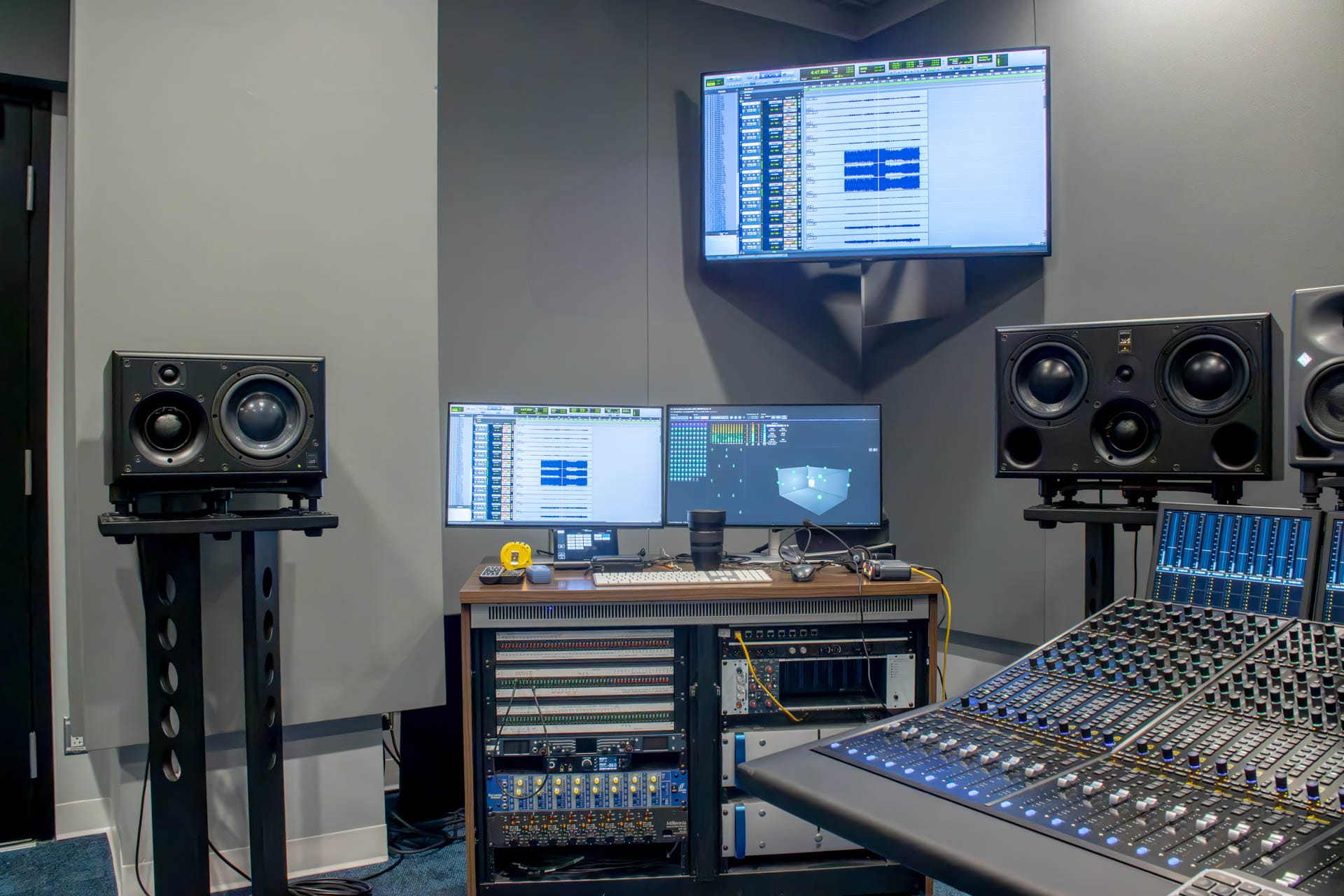
These kinds of shifts require time, however. “It needs to be culturally absorbed, and that takes time. A long time. It took 20 years for stereo, at least 20 years, from when it was first introduced as a concept to when it was fully culturally integrated. Aesthetics can be generational, and there is no way around that.” We will know when we have achieved this cultural shift when we have changed our language around how we describe the technology. “The ultimate success criteria for me is when we no longer call it ‘immersive audio’. We just call it ‘music’.”
Moritz Hillmayer is a writer, PR manager and journalist with a background in music, audio and media production. He also runs the German-language YouTube channel The Soundphile together with studio owner and producer Igl Schönwitz.
